
RESEARCH ARTICLE WRITTEN BY London Swaminathan
Post No.7566
Date uploaded in London – 12 February 2020
Contact – swami_48@yahoo.com
Pictures are taken from various sources for spreading knowledge; this is a non- commercial blog.
A RIG VEDIC HYMN WITH NUMBER SYMBOLISM
Rig Veda, the oldest religious book in the world, the oldest anthology in the world and the oldest document of Hinduism, throws many challenges to Hindu and western scholars. The eighth Mandala of the book is very interesting. We see a lot of foreign stuff here extending up to Iran including Dhana/gifts of camels to Brahmins. Number symbolism seen here is one of the challenges which allows commentators to interpret a verse differently. Tamil Siddhas ad Saivite poet Tirumular followed this style with great enthusiasm.
In all ancient religions, mythology came first and then the religious hymns. But in Hinduism the hymn book Rig Veda is placed at least two thousand years before the 18 Hindu Puranas (Hindu Mythology). Though linguistically speaking the prose Puranas can be placed after the Vedas, the stories in them go back several thousand years. For instance, if a Saivite Purana talks about the Blue throated Shiva and the story behind the blue throat (Neela kanda), the words (Neela Kanda) are already in the Veda. If a Vaishnavite Purana talks about Vishnu’s Three Steps, the reference can be found in the Rig Veda. So it is clear that Puranaic episodes came first and written later.
The story of Maruts (Rig Veda 8-28) is in the Bala Kanda of Valmiki Ramayana.
xxx
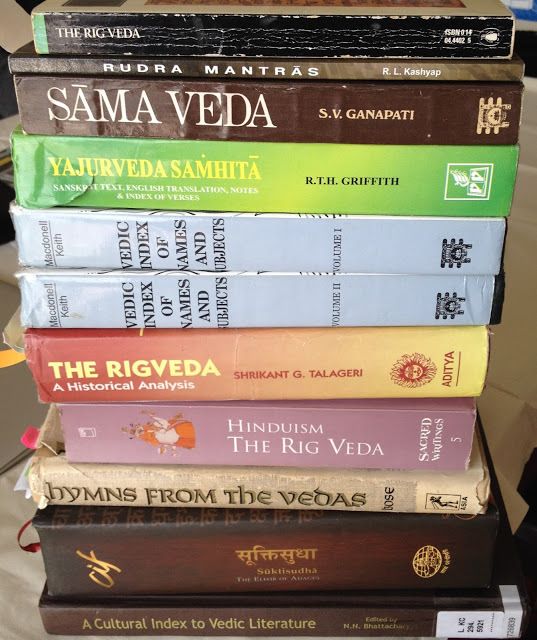
7X7 gods, 7X9 gods in Rig Veda 8-28
Here is a reference about the origin of Maruts. Briefly described as sons of Rudra and attendants of Indra. The storm god is found even in Sumerian (Babylonian) worship as God Martu.
In later days we have
Maruti – son of wind god is worshipped in nook and corner of India as Hanuman, Anjaneya
Maruti car is running in India everywhere.
Sanda maarutam (gale fore wind) and Mantha maarutham (breeze) are used in Tamil novels etc.
These Maruts are found in Rig Veda with interesting and puzzling Numbers!
Here is the hymn 8-28 from Rig Veda
1.The Thirty Gods and the Three besides, whose seat hath been the sacred grass,
From time of old have found and gained
2.Varuna, Mitra , Aryaman, Agni, with the
Consorts sending boons,
To whom our Vasat! is addressed
3.These are our guardians in the west and
northward here, and in the south
And on the east , with all the tribe.
4.Even as the gods desire so verily shall it
be. None minisheth this power of theirs,
No demon and no mortal man.
5.The Seven carry Seven spears; Seven are
the splendours they possess
And Seven glories they assume.
For our number symbolism and the origin of Maruts, let us take stanza/mantra 5 only. Griffith whose translation is given above, comments —

The seven
The Maruts, seven or seven times nine, or seven times seven in number. Saayana mentions the legend of their birth, which will be found in Ramayana book 1, cantos 46,47. The meaning is merely that the Maruts carry lances , that is their, lightnings, and are splendidly adorned.
We get 33 gods and then 49 and then 63.
Thirty three is expanded as thirty three crores of gods (330 million) in Puranas , just an exaggeration to boost their importance. Hindus always add a big decimal number for exaggeration.
They used to say
King Dasaratha has 60,000 wives (meaning is ‘several wives’, unusually high)
In Weddings priests announce ‘Uncle of the bride gifts ‘laksham katti varahan’ (one hundred thousands of gold bars consisting of Varahan gold coins) – meaning is his ‘Rs100 is worth billions’.
Hindus have 33 crore (330 million) gods (meaning is Hindus can worship God in every form, every object)
But later Puranas explained 33 gods as 8 Vasus+12 Adityas+ 11 Rudras + Indra+ Prajapaati (or Two Asvins).
xxx
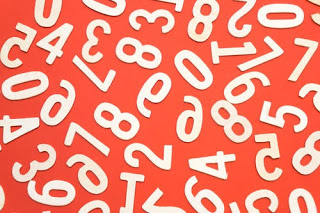
Story of Maruts from Ramayana
When Diti’s sons were killed in the Churning of the Milky ocean incident, she requested her husband that she should have one son who will be the slayer of Indra ; her husband Kashyapa asked her to do a penance for 1000 years. She did so, but when ten years were remaining, Indra came and entered her when she was lying in the wrong posture. Indra cut the foetus into seven parts and she cried Indra said ‘Ma Ruda= Cry Not = Marut’.
She requested Indra to allow them to live and Indra told her they will be the guardians of seven winds. They were divided into three parts (7+7+7)
Xxx
The Puranic dictionary by John Dowson summarises it in the following passage: –
“The storm gods who hold a very prominent place in the Vedas and are represented as friends and allies of Indra. Various origins are assigned to them. They are the sons of Rudra, sons and brothers of Indra, sons of the oceans, heaven and earth (7+7+7). They are armed with lightning and thunderbolts, and ride on the whirlwind and direct the storm.
The number of them is said in one place to be thrice sixty ( 3+60) and in another only twenty seven.
In the Ramayana they are represented to have their origin in an unborn son of Diti whom Indra dashed into 49 pieces with his thunderbolt (7X7), and in compassion converted into Maruts.
Another commentator on Vedas say , that after their Siva and Parvati beheld them in great affliction, and the latter asked Siva to transform the lumps on flesh into boys of like form, like age and similarly accounted, and gave them to Parvati as her sons and hence they are called the sons of Rudra.
The legend is invented to explain those passages of the Vedas which make Maruts the sons of Rudra.
MY COMMENTS
It is very simple. If you collect all the English poems on rain or thunder, you will see different interpretations, imageries, similes etc from different poets.
Vedic poets described thunder and rain of Indra assisted by storm and lightning of Marut.
What is the purpose?
The dialogue poems of Rig Veda show that after every sacrifice, there was an Entertainment Show in which two groups acted sitting opposite. Dialogue Hymn between Indra and Marut is the proof for it (RV 1-165).
Probably the Diti – Indra chapters in Ramayana (1-46, 47) are also acted on stages and Viswamitra recited this story to Rama and Lakshmana.
But on another plane, these poems have hidden meaning. In all Tamil Sangam Akam verses (Family/ sex verses) all the natural phenomena have hidden meanings as explained by the later commentators. Sangam Tamil Poems are from first few centuries of Common Era and the commentaries are from 13th century or later. We find the names of the poets and words in the verses are explained as fancifully as Ma Ruda- Don’t Cry- Maruta!
Since Rudra is also a storm god in the Vedas, Maruts/lightnings are described as sons of Rudra.
In short, a poem on lightning is explained/interpreted in different ways.
Why different numbers (21, 27, 49 and 63) are given?
You can count the lightning streaks in any number depending based on your imagination. But Hindus has a fascination for Number Seven. Anything holy or everything holy is divided into Seven. We see this Number Seven in Indus- Sarasvati Civilization seals more than other numbers. Another holy number 3 is also seen in it.
—subham–

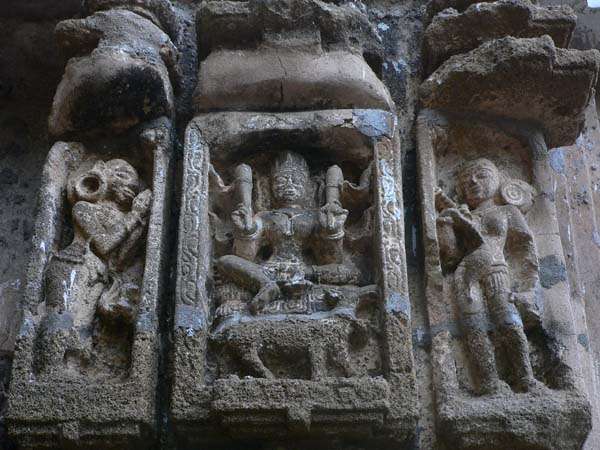

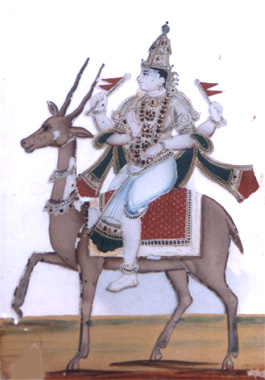


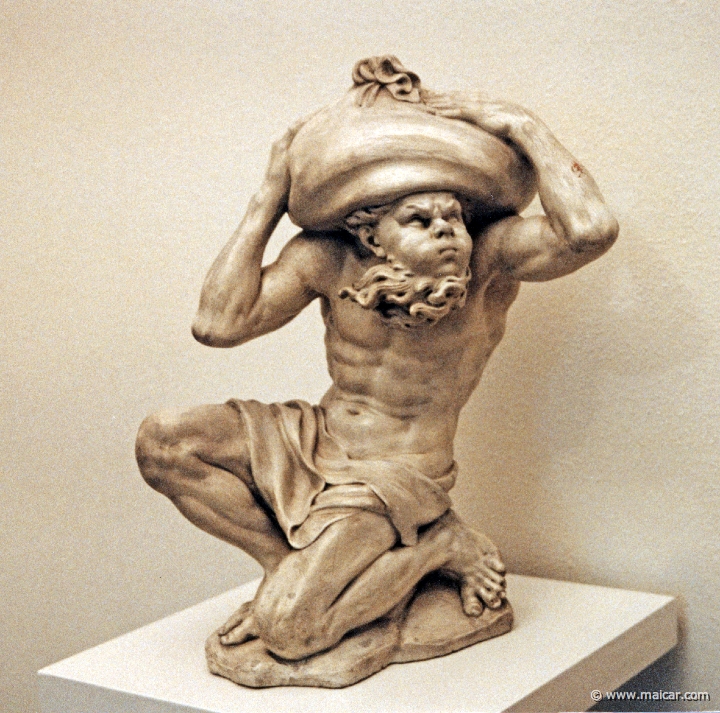
You must be logged in to post a comment.